The Crucible of Islam
£13.30
Little is known about Arabia in the sixth century, yet from this distant time and place emerged a faith and an empire that stretched from the Iberian peninsula to India. Today, Muslims account for nearly a quarter of the global population. A renowned classicist, G. W. Bowersock seeks to illuminate this obscure and dynamic period in the history of Islam―exploring why arid Arabia proved to be such fertile ground for Muhammad’s prophetic message, and why that message spread so quickly to the wider world. The Crucible of Islam offers a compelling explanation of how one of the world’s great religions took shape.
“A remarkable work of scholarship.”
―Wall Street Journal
“A little book of explosive originality and penetrating judgment… The joy of reading this account of the background and emergence of early Islam is the knowledge that Bowersock has built it from solid stones… A masterpiece of the historian’s craft.”
―Peter Brown, New York Review of Books
Read more
Additional information
| Publisher | Harvard University Press, Reprint edition (31 May 2019) |
|---|---|
| Language | English |
| Paperback | 240 pages |
| ISBN-10 | 0674237722 |
| ISBN-13 | 978-0674237728 |
| Dimensions | 10.8 x 1.91 x 17.78 cm |

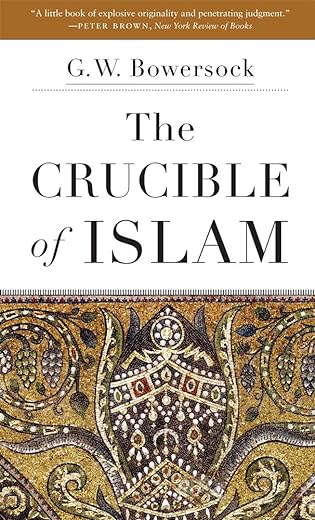
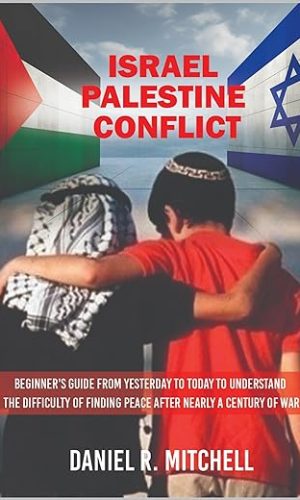



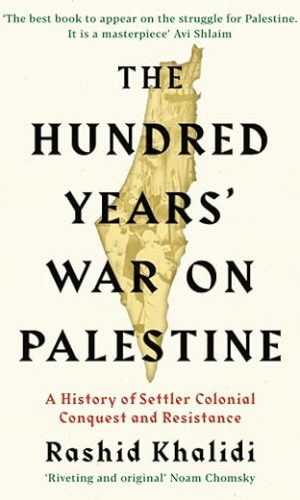
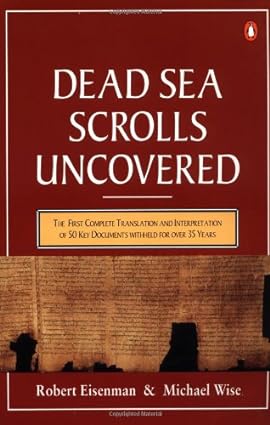
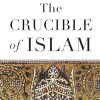
by JPS
This is another of the author’s little booklets written is a clear, concise and eminently accessible style for the general reader but backed up by first-class and up-to-date scholarship, as evidenced by the bibliography which is put to good use in the main text. The book is divided into nine chapters and a prologue. With only 160 pages of main text, the author manages to cover a lot of ground.
One of the book’s main purpose is to “look into the crucible into which Islam was forged” in a dispassionate and objective way, reviewing the region and the surrounding cultures, Kingdoms and Empires that influenced the emergence of Islam, but also the polytheist indigenous traditions, the shift towards “pagan monotheism” and the emergence of multiple monotheist “prophets” in Arabia at the time and the more recently developed Jewish and Christian communities in the Arabian peninsula.
The other purpose of the book is to show how the newly emerged religion was interpreted and perhaps even reinterpreted during its first century and a half of its existence and particularly during the Omayyad period as the Caliphate consolidated its grip and became a world Empire. This is particularly well shown in the last couple of chapters. Another five star book and a must read.